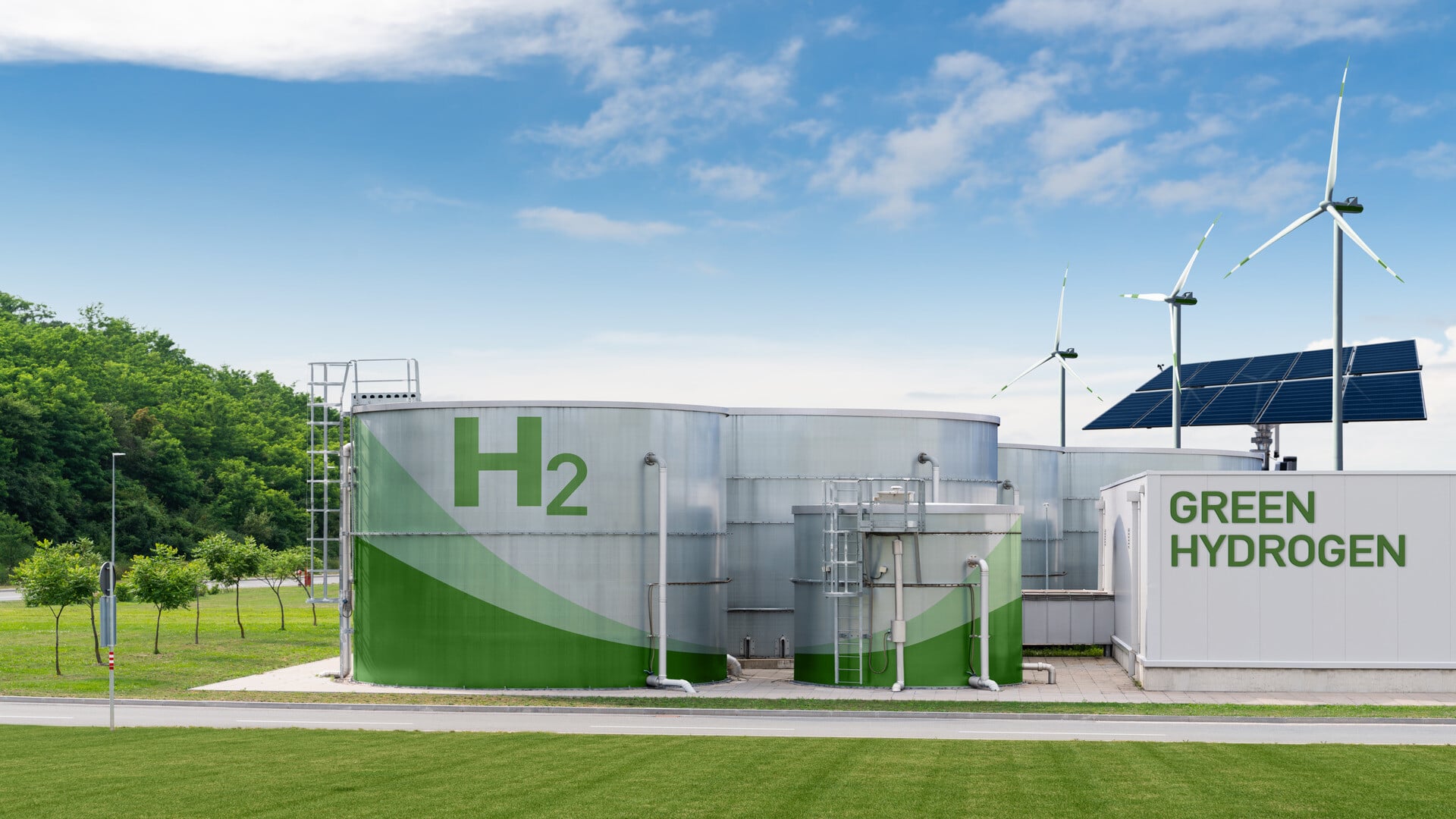Scientists develop material that turns sunlight, water into green hydrogen
What's the story
Scientists at Oregon State University in the US, have made a significant advancement in sustainable energy solutions.
The team, led by Kyriakos Stylianou from the OSU College of Science, has developed a new material that can convert sunlight and water into clean energy.
This photocatalyst enables the high-speed, high-efficiency production of hydrogen, marking a major stride toward efficient green hydrogen.
Innovative approach
Catalyst creation using MOFs
Stylianou's research primarily focuses on crystalline, porous materials known as metal organic frameworks (MOFs).
In this study, an MOF was used to derive a metal oxide heterojunction - a combination of two materials with complementary properties.
This heterojunction, when exposed to sunlight, can efficiently split water into hydrogen.
The catalyst created is referred to as RTTA, and features MOF-derived ruthenium oxide and titanium oxide doped with sulfur and nitrogen.
Efficiency test
High-speed hydrogen production with RTTA-1
The team tested multiple RTTAs with varying amounts of oxides.
"Among various RTTA materials, RTTA-1, with the lowest ruthenium oxide content, exhibited the fastest hydrogen production rate and a high quantum yield," Stylianou said.
In just one hour, a gram of RTTA-1 was able to produce over 10,700 micromoles of hydrogen.
This process utilized photons—light particles—at an impressive rate of 10%, contributing significantly to hydrogen production.
Sustainable solution
MOF-derived metal oxide heterojunctions: The future of hydrogen production
"The remarkable activity of RTTA-1 is because of the synergistic effects of the metal oxides' properties and surface properties from the parent MOF that enhance electron transfer," explained Stylianou.
He claimed that this study highlights the possibility of MOF-derived metal oxide heterojunctions, as photocatalysts for practical hydrogen production.
This method is considered cleaner than deriving hydrogen from natural gas, using a carbon-dioxide-producing process known as methane-steam reforming, making it a promising step toward sustainable energy solutions.
Renewable potential
Harnessing solar energy for hydrogen production
At present, hydrogen production from water involves electrocatalysis - running electricity through the catalyst.
"Water is an abundant source of hydrogen, and photocatalysis offers a method to harness the Earth's abundant solar energy for hydrogen production," Stylianou said.
He also noted that while ruthenium oxide is not cheap, the amount used in their photocatalyst is minimal, making it less significant for industrial applications if the catalyst shows good stability and reproducibility.
